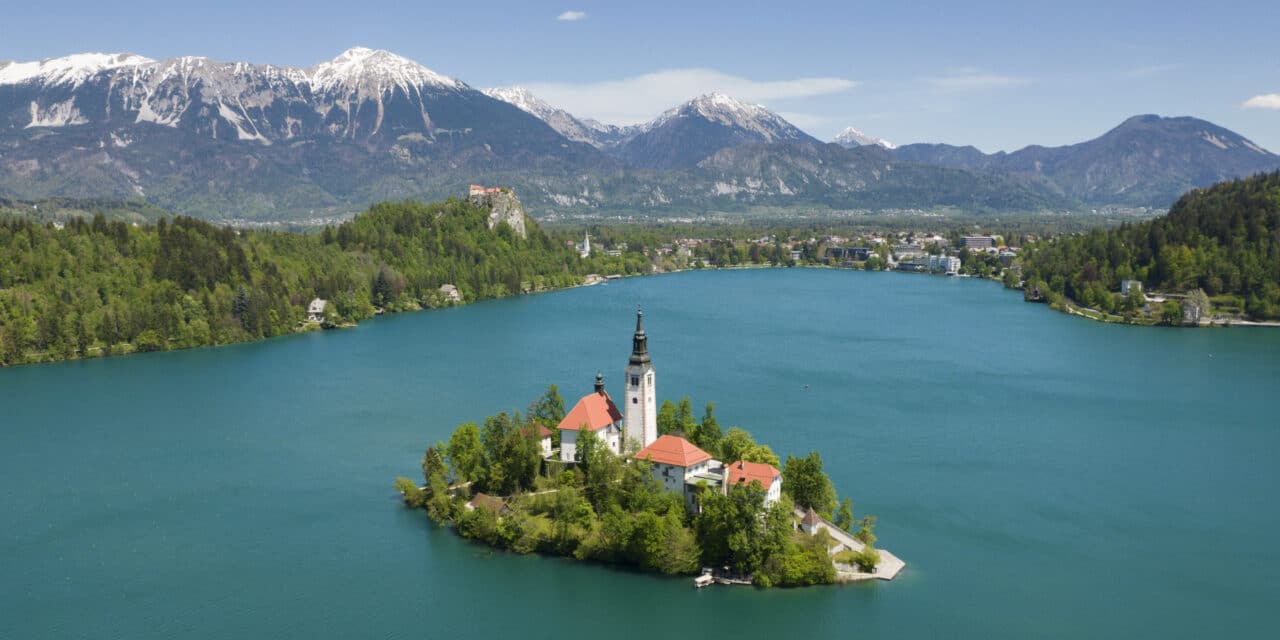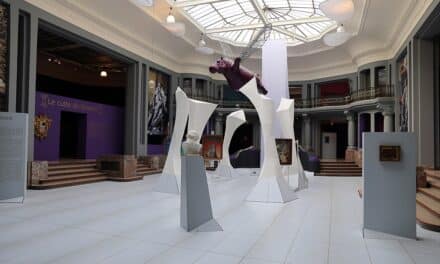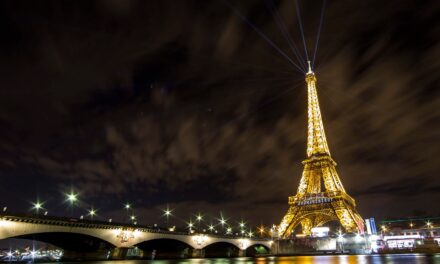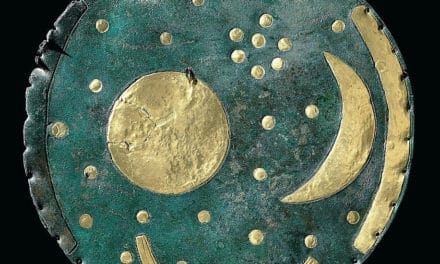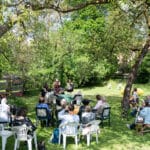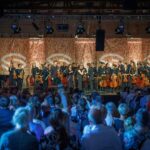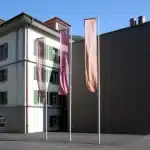The most famous symbol of the island is the Church of Our Lady of the Lake, which has a long and eventful history. However, hidden behind the lush greenery on the island are several interesting buildings, such as the bell tower, the chaplaincy and provostry, the small hermitage and some mysterious legends.
Before the church was built on the island, there was a place of worship for the pagan deity of life and fertility, Živa. After Christianization in 745, the Old Slavic place of worship was replaced by a church dedicated to the Nativity of the Virgin Mary. In 1465, it was rebuilt into a single-nave Gothic church. A special feature of the church was the then 52-metre-high freestanding bell tower made of porous rock called buckwheat grain (or pagan grain). There is a large and a small bell in the lookout tower, which still ring today.
The church was given its current baroque appearance in the middle of the 17th century. A chapel of the Holy Mother of God was also built on the island to encourage people to pray. At that time, the 99 stone steps were built, which are known far and wide. Even today, the old custom still applies that the groom must carry the bride up all 99 steps if the couple wish to be married in the church on the island.
The wishing bell is very popular with the many visitors to the shrine who make a pilgrimage to the island. When you ring it, you commend yourself to Our Lady and entrust your wishes and requests to her, trusting that they will be heard. The sacristy, where the sacristan once lived, is located directly on the south side of the steps. Today, the sacristy and the provostry are connected by a building that was erected in the second half of the 20th century and named Potičnica in 2012. There is a hidden spring on the northern shore that flows into the lake, where the stone chapel of Our Lady of Lourdes has been located since 1888.

